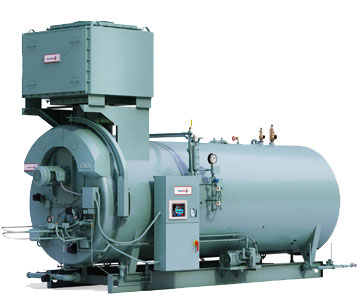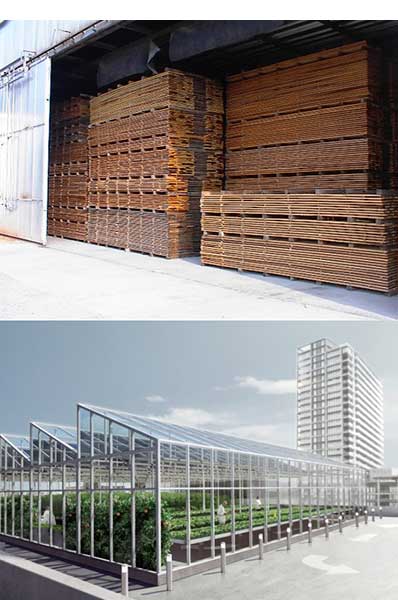Boiler blowdown is the removal of water from a boiler for the purpose of controlling the levels of total suspended solids, TSS, and total dissolved solids, TDS, in the steam system. These can be caused by poor feed water quality, boiler chemicals, or by exceeding the solubility limits of salts in the water. This is sometimes done manually by the boiler operator, but most often it is done automatically with based on a conductivity sensor or simply by timer controls. Boiler blowdown is typically in the range of 1% to 20% of the amount of feed water introduced to the boiler system.

Boiler blowdown is on the environmental watch list because the TSS and TDS can consist of silica, sodium, lithium, molybdate, chlorides and organic rich brine. This wastewater cannot be discharged to town sewers, storm sewers, creeks, septic tanks or the ground.
COSIA, Canada’s Oil Sand Innovation Alliance, has a goal of “making the final disposal of the remaining blowdown waste more efficient and environmentally responsible.” They go on to say that there should be efforts to “manage blowdown by finding ways of solidifying the blowdown waste that is produced.”
 Wastewater evaporation is a good solution for boiler blowdown waste management because it decreases the impact of disposal. RunDry Evaporation is a superior solution for dealing with boiler blowdown because it produces a stable end product to minimize the environmental impact of disposal.
Wastewater evaporation is a good solution for boiler blowdown waste management because it decreases the impact of disposal. RunDry Evaporation is a superior solution for dealing with boiler blowdown because it produces a stable end product to minimize the environmental impact of disposal.
Some of the industries that need improved boiler blowdown waste management are:

- Saw Mills
- Wood Product Manufacturers
- Pellet Plants
- Plywood Plants
- Pulp Mills
- Veneer Plants
- Board Plants
- Cardboard Manufacturers
- Kilns
- Greenhouses
- Hospitals
- Laundries
- Oil Fields
- Power Plants
- Sugar Mills
- Textile Mills
- Oil Sands
- Food & Beverage
- Chemical Processing

